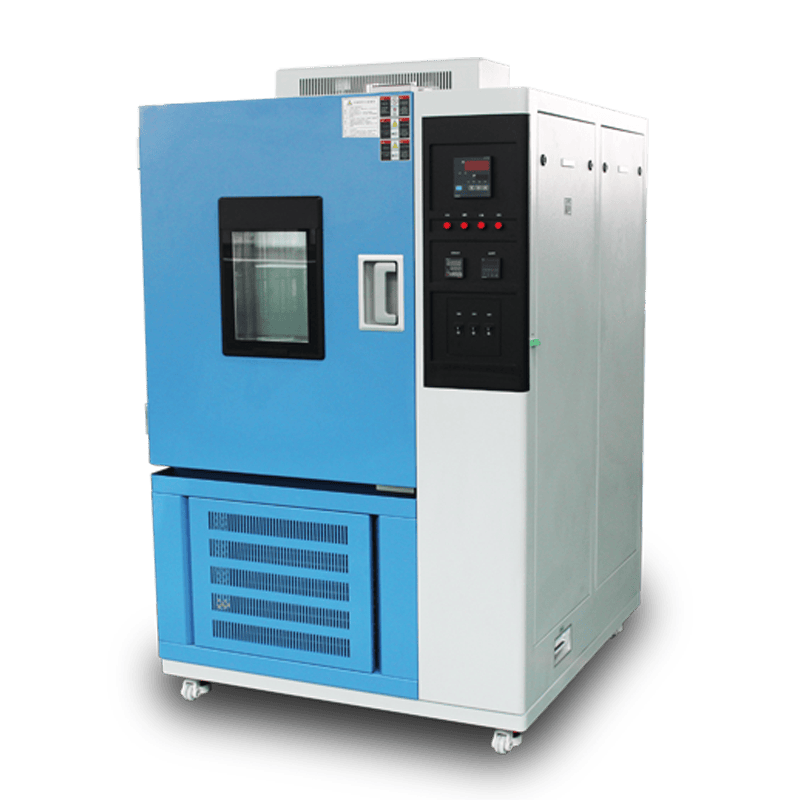When choosing a high and low temperature test chamber, most users consider its size carefully. A chamber that is too large incurs unnecessary costs, while one that is too small may fail to meet testing requirements. This dilemma often makes the selection process challenging for customers.

To ensure that the test sample's surrounding environment meets the specified standards, the size of the high and low temperature test chamber should comply with the following conditions:
-
Sample Volume: The sample's volume should not exceed 35% of the chamber's effective working space. If the sample generates heat, this limit should be reduced to 10%.
-
Airflow Restriction: The cross-sectional area of the sample and its fixtures should not exceed half of the chamber's air intake cross-sectional area.
-
Uniform Temperature Distribution: To maintain uniform temperature circulation, the sample's surface should maintain a distance of 100–150 mm from the chamber's inner walls.
The above points outline the key considerations for selecting the appropriate size of a high and low temperature test chamber. We hope this guide helps you make an informed decision!













